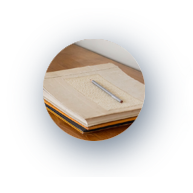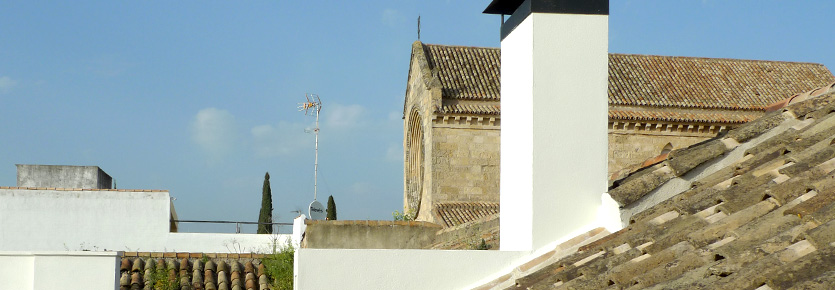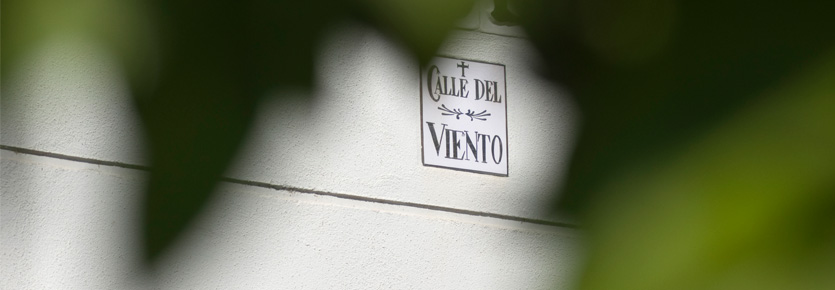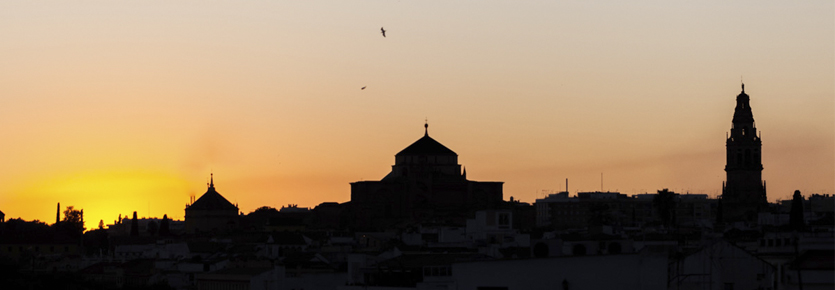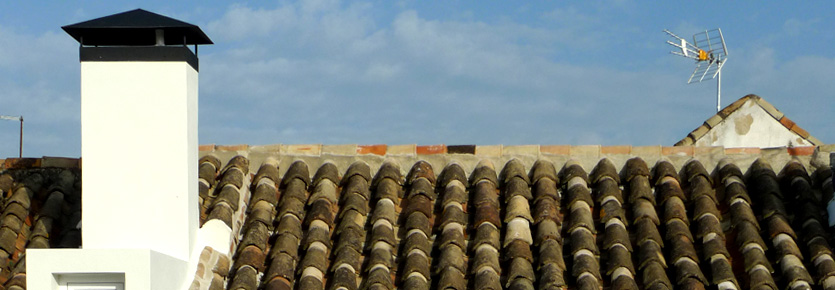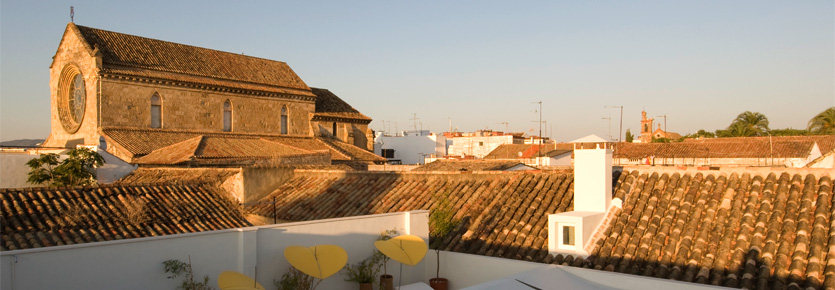Or the fact –and this will be the main theme of the article– that the city’s oldest churches are astonishingly alike the Gothic and Romanesque temples built in Castilla y León. There are eight churches of this kind: the Fernandina churches. There were originally twelve but some obviously were lost. Yet another curious note: the Fernandina churches were not built under the rule of Fernando III but under the rule of Alfonso X the Wise.
These Córdoba churches tend to ignore all foreign Gothic fashions to focus and reproduce the techniques and style of the Northern-Spain temples, although there is a slight difference: the Mudejar features. The first Bishop of the city after we, the Christians, retook it from the Muslims in 1236 was a member of the Order of the Cistercians, very popular in the North of Spain, hence the architectural preferences when building the new churches for the city which were built using the models of Burgos and Osma churches.

Detail of the main entrance of Sain Lorenzo church.
THE CISTERCIANS TEMPLES.
The majority of the Cistercians constructions are of Romanesque style, however it was common that they incorporated a rib vault and also certain types of arches. The Cistercian architecture style is known to be quite austere. Cistercians’ arches, capitals and other spaces of the temple are barely ornamented and when they are these ornaments are limited to floral or geometrical motifs.
Contrary to the architecture style of Cluny’s churches and convents, Cistercian churches were painted in white avoiding all sorts of mural figurative paintings, also windows could only come in white glass. It all made for great illuminated spaces although depriving us all from colorful stained glass works.
Due to the solid and thick walls of Cistercians churches their exterior presented a squared appearance. This image, however, changes the moment one stepped inside them. From the outside one sees something closer to a fortress but inside its high quasi-Gothic ceilings and wonderful naves would leave anyone in awe.
Cistercian construction introduced light entrance in their western facades: windows of a circular shape. These light entrances would gain greater complexity and technical grandeur with rose windows. We could find a good example in the church of Saint Lorenzo.
The facades of Cistercian churches are of big proportions, making an intensive use of columns with arches of different kinds. Cistercian garnishment tend to be austere to non-existent or limited to geometrical shapes.

The church of Saint Miguel.
THE CHURCHES OF CÓRDOBA
All the Fernandina churches of Córdoba adopted the style of the small Cistercian buildings: an apse consisting of a pentagonal shrine with corridors leading up to two smaller shrines at each side. From the outside these Fernadina churches are very simple: the main facade has one single door and one big rose window with smaller ones for the corridors. The bell towers were added later on during the XVIth and XVIIth centuries.
Despite suffering the effects of time and other natural and human-caused disasters the churches held their ground and since the beginning of the XXth century they have enjoyed a continuous phase of restoration so that they could safely recover their original state and shape. Baroque garnishments have been taken down, closed doors reopened, etc.
Saint Pablo, the oldest of the Gothic churches of Córdoba and the only one with intact Romanesque parts built in it; the original state of the nave is better preserved than the outside appearance. The last big restoration was made during the past century. The church is bigger than its Fernandina counterparts.
The church of Saint Lorenzo was built at the beginning of the XIVth century but the interior of the church was then rebuilt the following century. It has a beautiful rose window and bell tower, designed by Hernán Ruiz.
Saint Marina is one the purest examples of this type of churches. It is flanked by four asymmetrical buttresses. The bell tower was completely restored in the XIXth century and the las big restoration was our current XXIst century.
La Magdalena is perhaps the temple that has suffered the most from earthquakes to fires, the last one having taken place in the 80’s. The Southern and Western entrances were closed during the XVIIth century and reopened during the first half of the XXth century. As of today is no longer exclusively a place for mass.
From the original church of Saint Andrés there is only an apse left that can be seen from the small corridor that surrounds the church and a Gothic front restored during the XXth century that was the original main entrance to the temple. The ornamentation differs form the rest for it was the last one to be built, during the XVth century.
Right in the very same street of our hotel we find the church of Santiago. A fire destroyed all its interior and had to be reconstructed. It has the biggest rose window out of all Fernandina churches and its bell tower was previously the a minaret of a mosque on top of which the new Christian church was built.
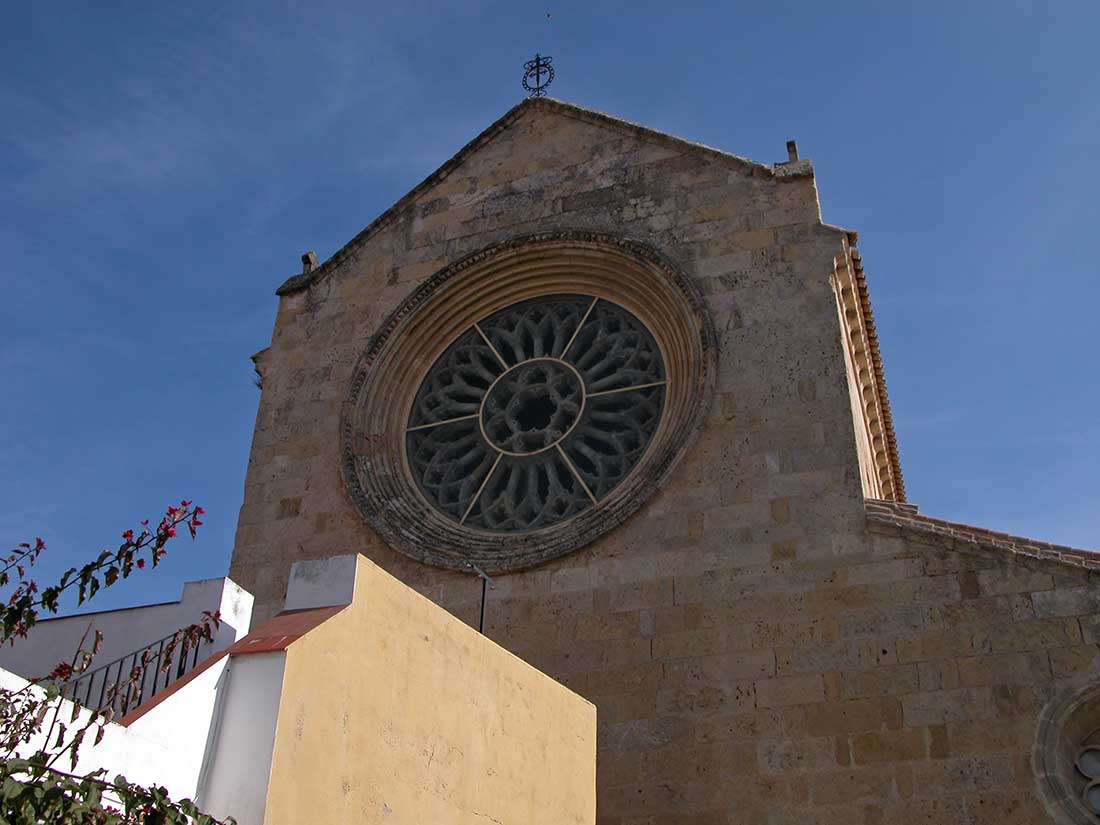
Rose window of the church of Santiago seen from a rooftop in Viento street.
As of today the tour Fernandina churches of Córdoba is organized by the Town Hall. It comes free if you have previously visited the Mezquita, otherwise it will cost you 5 euros. Although you can also come in for free if you go to mass.
_________
Pictures taken by Luis Calvo Anguís.






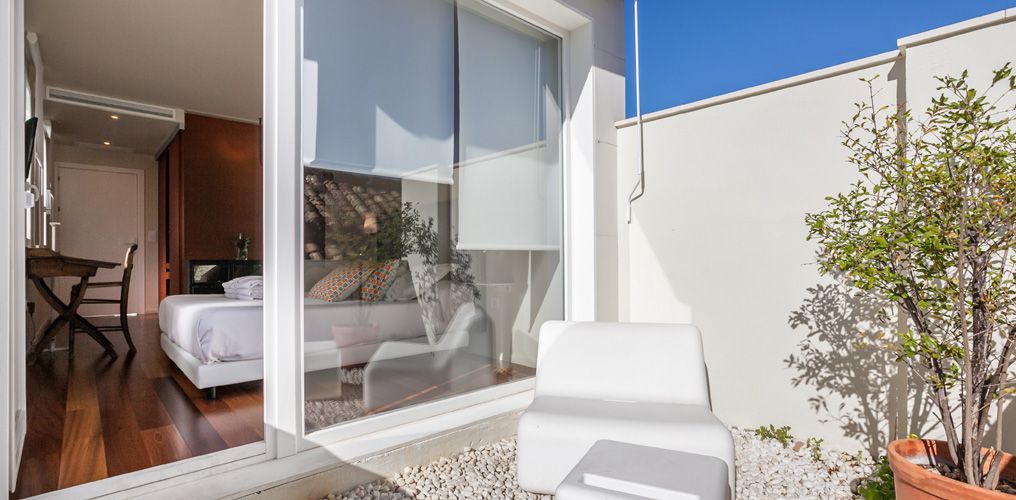




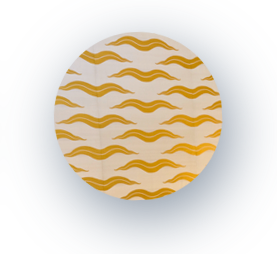
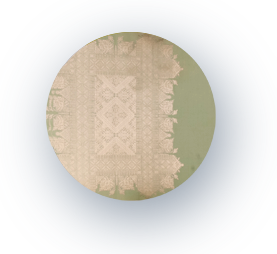


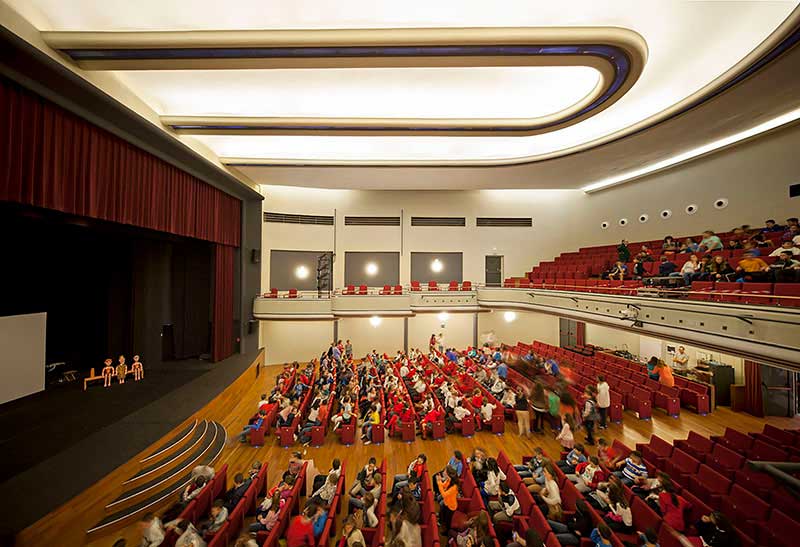
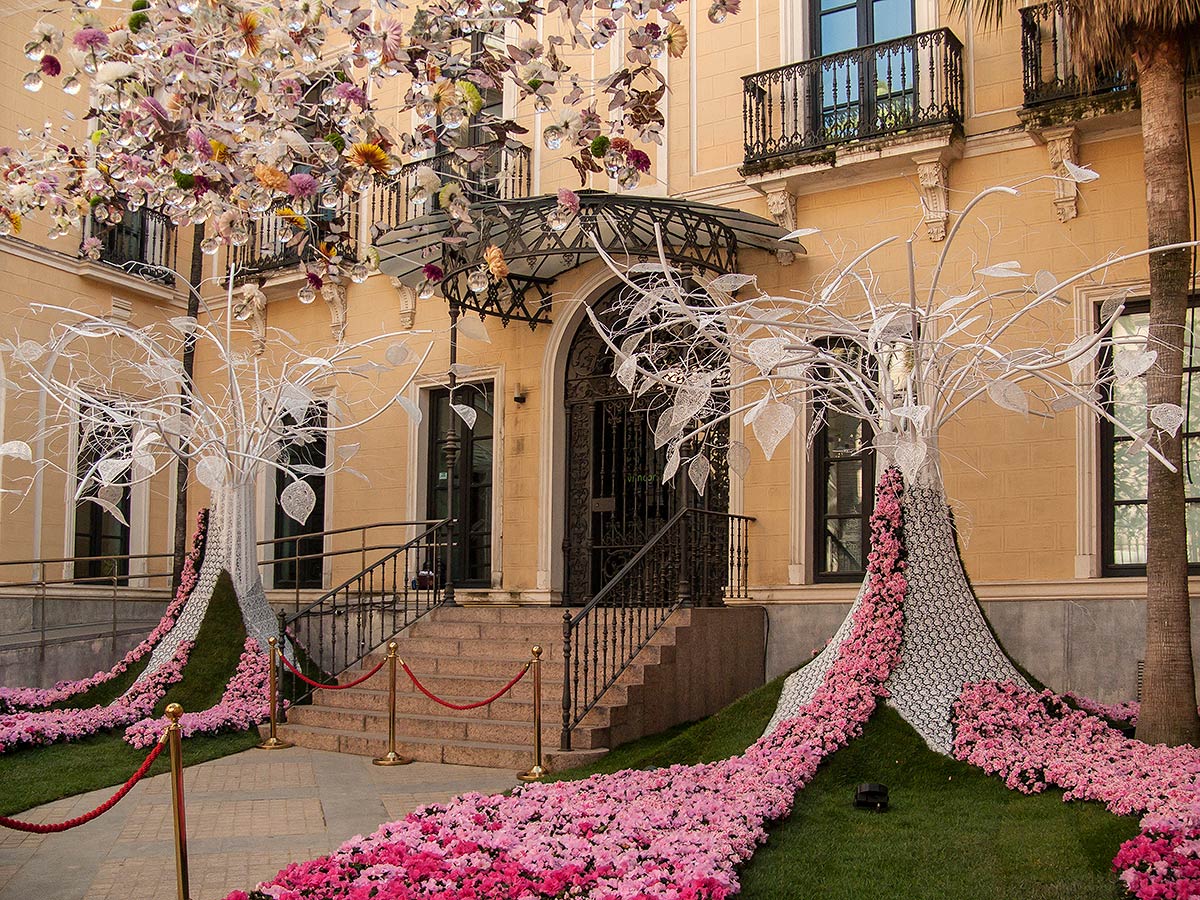
 kleines, tolles hotel. Ganz persönlich geführtes Hotel, in einem historischen Gebäude modern interpretiert. Sehr geschmackvoll, sauber und ruhig. Zu erwähnen ist das gesamte Personal, welches bei Empfehlungen für Restaurants und anderen Fragen immer tolle Tipps gegeben haben. Die Zimmer sind sehr unterschiedlich. Wir hatten ein sehr kleines, kuscheliges Zimmer im 1. Stock. Für drei Nächte völlig ausreichend. Bei Temperaturen um 40 Grad haben wir die kleine Dach-Terrasse leider nicht genießen können, sonst ein toller Ort, um mal zu relaxen. Alles in allem ein schöner Aufenthalt. Danke an Carmen , Gerardo und sein Team!
kleines, tolles hotel. Ganz persönlich geführtes Hotel, in einem historischen Gebäude modern interpretiert. Sehr geschmackvoll, sauber und ruhig. Zu erwähnen ist das gesamte Personal, welches bei Empfehlungen für Restaurants und anderen Fragen immer tolle Tipps gegeben haben. Die Zimmer sind sehr unterschiedlich. Wir hatten ein sehr kleines, kuscheliges Zimmer im 1. Stock. Für drei Nächte völlig ausreichend. Bei Temperaturen um 40 Grad haben wir die kleine Dach-Terrasse leider nicht genießen können, sonst ein toller Ort, um mal zu relaxen. Alles in allem ein schöner Aufenthalt. Danke an Carmen , Gerardo und sein Team!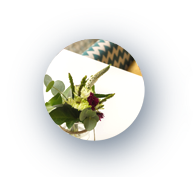
 Cordoba merece un hotel como este. Maravilloso trabajo de rehabilitación para conseguir un espacio único y muy agradable...acogedor...bien climatizado y con espacios higiénicos muy modernos y cómodos. ...buena ubicación y un trato muy simpatico
Cordoba merece un hotel como este. Maravilloso trabajo de rehabilitación para conseguir un espacio único y muy agradable...acogedor...bien climatizado y con espacios higiénicos muy modernos y cómodos. ...buena ubicación y un trato muy simpatico
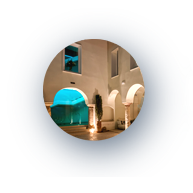
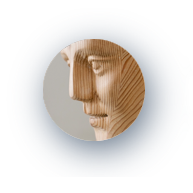



 perfect stay in cordoba. Beautiful quite place in centre of Cordoba with very gentle, even "zen" owner. Design hotel room Excellent "fresh" breakfast Private parking space nearby. All you need for a beautiful stay in Cordoba!
perfect stay in cordoba. Beautiful quite place in centre of Cordoba with very gentle, even "zen" owner. Design hotel room Excellent "fresh" breakfast Private parking space nearby. All you need for a beautiful stay in Cordoba!


